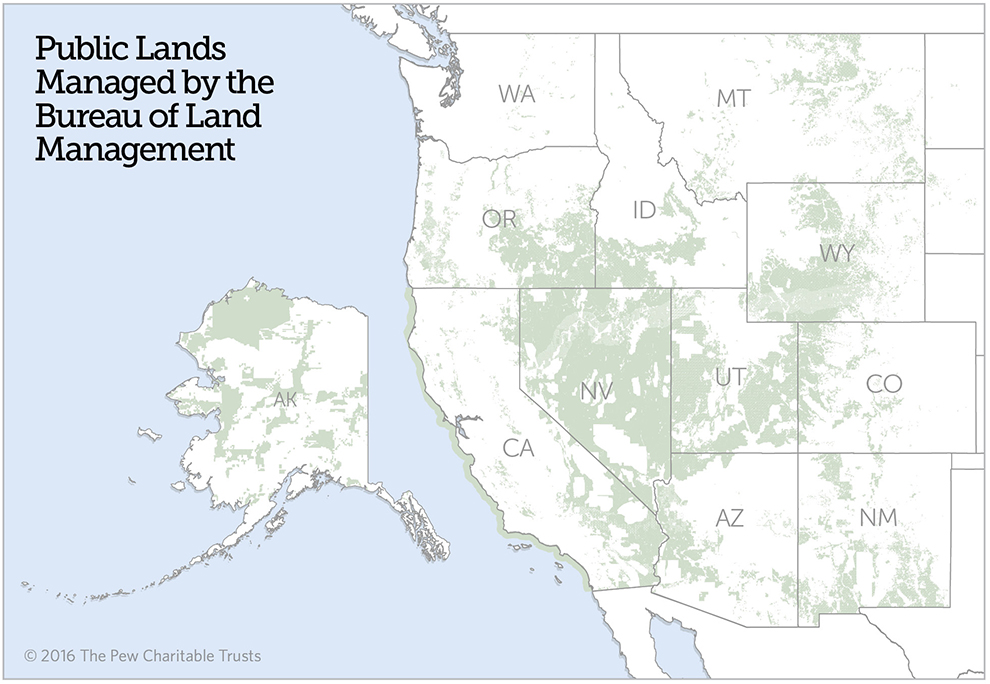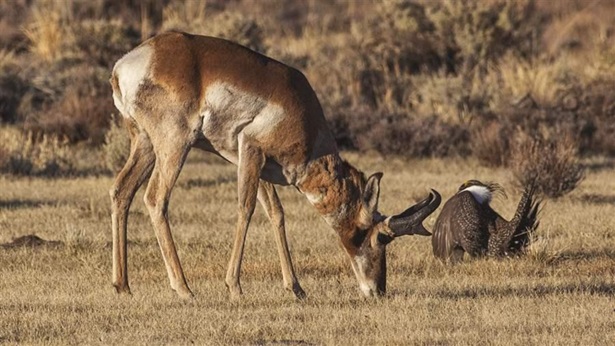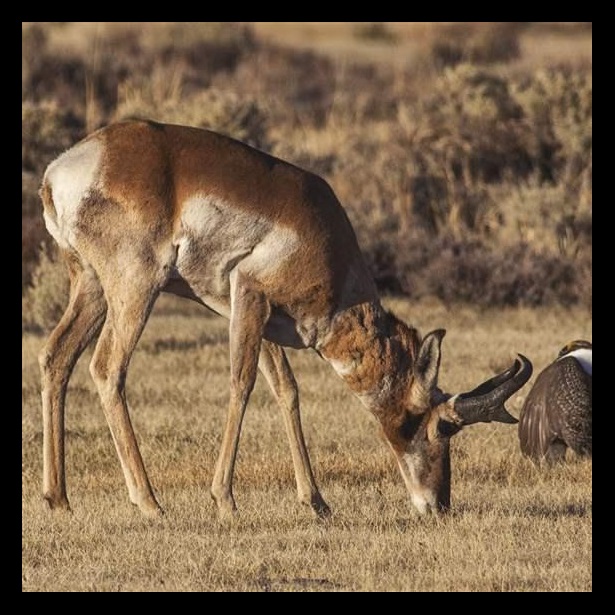The Economic Value of ‘Quiet Recreation’ on BLM Lands
Note: This analysis was updated on September 7, 2017, to include fact sheet on Rock Springs, Wyoming.
Nonmotorized recreation on the 246 million acres of our nation’s land overseen by the Bureau of Land Management (BLM) supports 25,000 jobs and generates $2.8 billion for the U.S. economy, according to the first study focused entirely on the economic contribution of “quiet recreation” visitors on BLM lands.
“Quiet Recreation on BLM-Managed Lands: Economic Contribution 2014” was conducted by the independent firm ECONorthwest and commissioned by The Pew Charitable Trusts. The researchers found that visits to these landscapes in 11 western states—Arizona, California, Colorado, Idaho, Montana, Nevada, New Mexico, Oregon, Utah, Washington, and Wyoming, as well as Alaska—in 2014 generated approximately $1.8 billion in spending in communities within 50 miles of the recreation sites, which circulated through the state and national economies and resulted in $800 million in employees’ salaries, wages, and benefits.
Download the national fact sheet.
| Regional fact sheets: |
| Royal Gorge, Colorado |
| Northwest California |
| Cedar City, Utah |
| Rock Springs, Wyoming |
|
State fact sheets: |
||
|---|---|---|
| Alaska | Arizona | California |
| Colorado | Idaho | Montana |
| Nevada |
New Mexico | Oregon |
| Utah | Washington | Wyoming |



America’s Overdose Crisis
Sign up for our five-email course explaining the overdose crisis in America, the state of treatment access, and ways to improve care
Sign up

Fast Facts About the BLM
What you need to know about the biggest caretaker of your land









